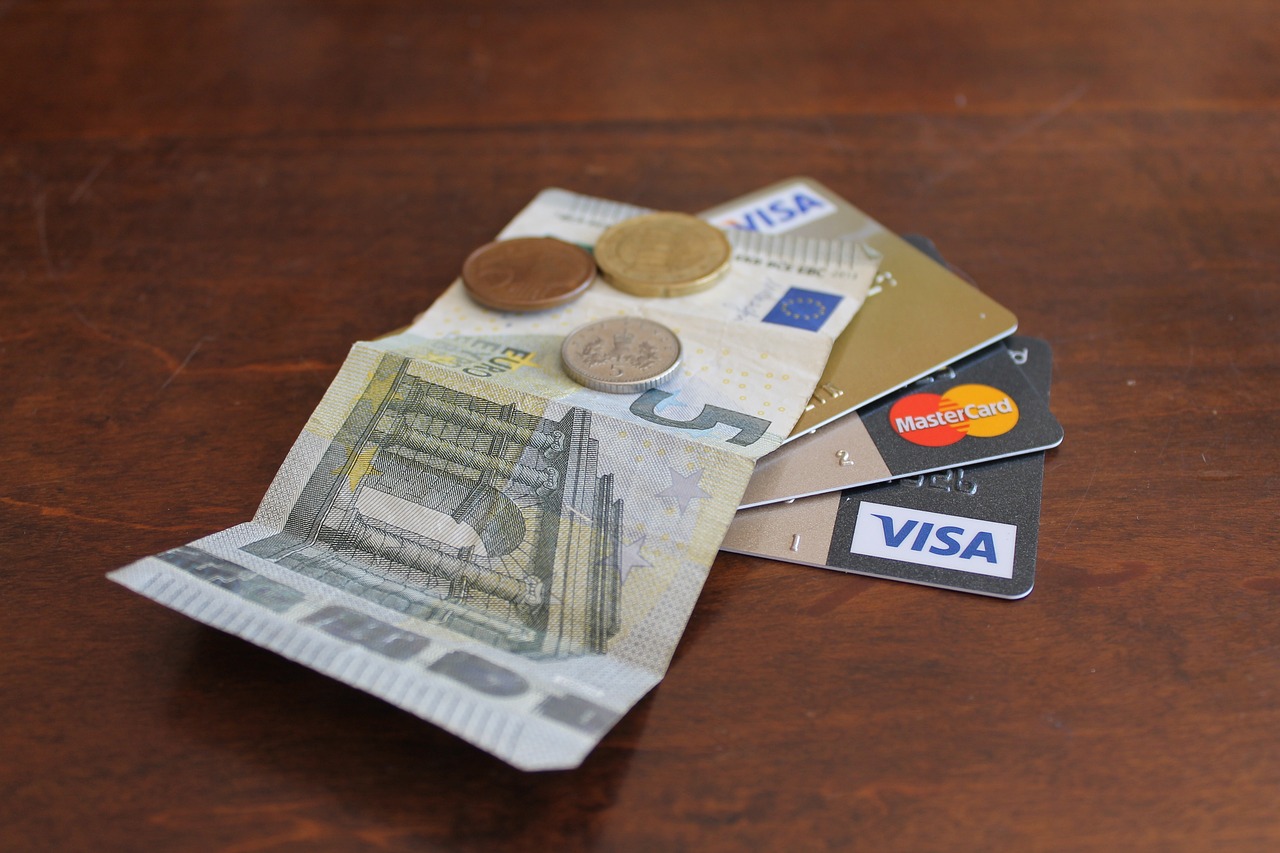Understanding Fees, Inflation, and Rates Impacting 100 USD Conversion Abroad
GPT_Global - 2025-11-17 08:30:39.0 16
How much **€** would someone actually receive after service charges on $100?
Understanding how much **€** actually arrives when sending **$100** is essential for anyone comparing remittance services. While the advertised rate may look attractive, the **real payout** depends on exchange rates, transfer fees, and hidden service charges. These factors can noticeably reduce the final amount received.
Most remittance providers apply a currency conversion rate slightly below the market rate. For example, if the mid-market rate suggests that $100 should convert to around **€92**, a provider might offer **€90** instead. After deducting a service fee—often between $1 and $5—the recipient may end up with only **€85–€89**. That difference can matter, especially for frequent transfers.
To maximize value, compare providers based on **effective exchange rate**, not just the headline number. Look at whether fees are fixed or percentage-based, and check if the service charges vary by payment method or destination country. Platforms with transparent pricing and real-time exchange rate updates help ensure the recipient gets the highest possible amount.

Why do exchange kiosks sometimes offer less EUR for **100 USD** than banks?
When it comes to exchanging USD for EUR, many customers notice a difference in rates between exchange kiosks and banks. One common reason for this discrepancy is the business model behind exchange kiosks. Kiosks often operate with higher margins, as they are set up for convenience, targeting travelers or individuals looking for quick exchanges. This leads them to offer slightly less favorable rates compared to banks.
Banks, on the other hand, typically offer better exchange rates because they deal with larger volumes of transactions and have lower overhead costs. They also provide a wider range of currency exchange services, including remittance, which allows them to benefit from economies of scale and pass on better rates to their customers.
Another factor contributing to the difference is the spread between the buying and selling rates. Kiosks tend to have a larger spread, meaning they buy currency from customers at a lower rate than they sell it. This is one way they maximize profit, whereas banks can afford smaller spreads due to their volume and customer base.
For individuals looking to send money abroad or exchange larger amounts, banks and remittance services often provide more competitive rates and a better overall experience.
How does inflation influence the **euro equivalent** of 100 USD?
```htmlInflation plays a significant role in determining the euro equivalent of 100 USD, as it directly impacts currency exchange rates. When inflation rises in the United States, the value of the USD typically decreases relative to other currencies, including the euro. This means that the 100 USD sent as remittance may convert to fewer euros than before, reducing the value of the transfer for the recipient.
On the other hand, if inflation is higher in the Eurozone than in the U.S., the euro weakens against the dollar. In this case, the same 100 USD might convert to more euros. For businesses in the remittance industry, understanding these inflation dynamics is crucial for predicting fluctuations in transfer values and advising customers accordingly.
Remittance services should regularly monitor inflation rates in both regions to ensure competitive and accurate exchange rates for their customers. By factoring in inflationary pressures, businesses can offer better rates, improve customer satisfaction, and ultimately strengthen their position in the global remittance market.
```What’s the difference between the **mid-market rate** and what you get for converting $100?
The **mid-market rate** is the exchange rate that banks and financial institutions use when exchanging currencies between themselves. It’s often considered the "true" market value of a currency, and it's typically the most favorable rate you can find. This rate is determined by supply and demand in the global currency market and changes constantly throughout the day.
However, when you convert $100 through a remittance service, the rate you receive may be different from the mid-market rate. Remittance companies often apply a margin or markup to the exchange rate to cover their costs and generate profit. This means the rate you get for converting $100 could be less favorable than the mid-market rate, leading to fewer funds being sent to the recipient.
It's important to understand these differences when sending money internationally. By comparing the mid-market rate with the exchange rate offered by your remittance provider, you can ensure you're getting the best deal for your money transfer.
How can travelers get the **best EUR value** when changing 100 dollars abroad?
Traveling abroad often means exchanging currencies, and getting the best value for your dollars can make a big difference in your spending. When changing $100 into Euros (EUR), there are several strategies to maximize your value.
One of the most important factors is to compare exchange rates before you go. While it’s tempting to use airport kiosks or hotel exchanges, these often offer poor rates. Instead, use online currency converters or visit local banks and exchange offices that may offer more favorable rates.
Another great option is to use a credit card that offers no foreign transaction fees and uses the interbank exchange rate. These cards typically provide the best value, but always check the fees before committing to one.
For those looking to convert cash, consider pre-ordering Euros online or through remittance services, where rates are often better than on-the-spot exchanges. Some services even allow you to lock in rates ahead of time, avoiding market fluctuations.
Finally, avoid exchanging large sums at once, as the value you get may change. Instead, convert small amounts as needed to ensure you're getting the best deal throughout your trip.
About Panda Remit
Panda Remit is committed to providing global users with more convenient, safe, reliable, and affordable online cross-border remittance services。
International remittance services from more than 30 countries/regions around the world are now available: including Japan, Hong Kong, Europe, the United States, Australia, and other markets, and are recognized and trusted by millions of users around the world.
Visit Panda Remit Official Website or Download PandaRemit App, to learn more about remittance info.



